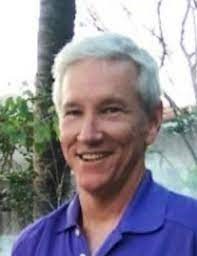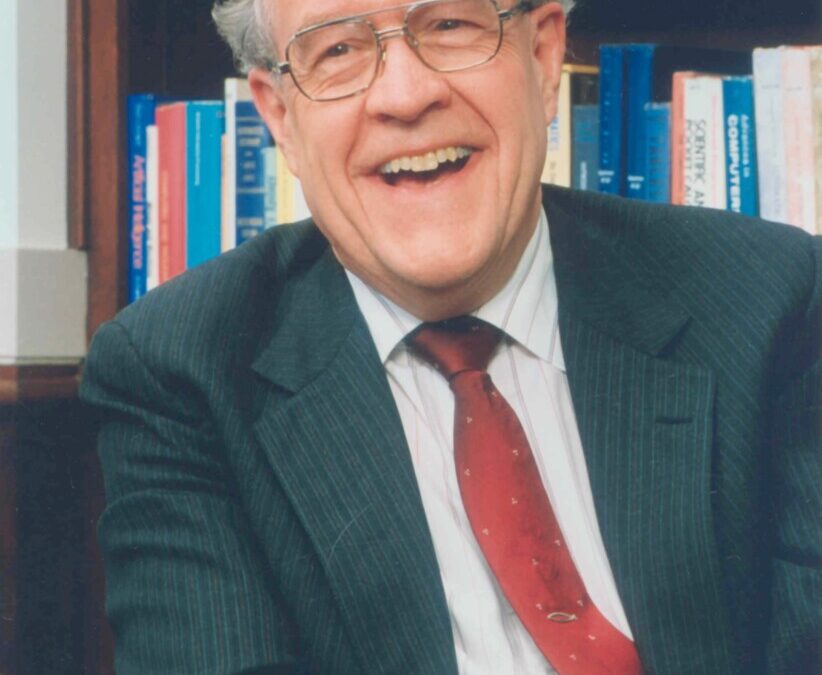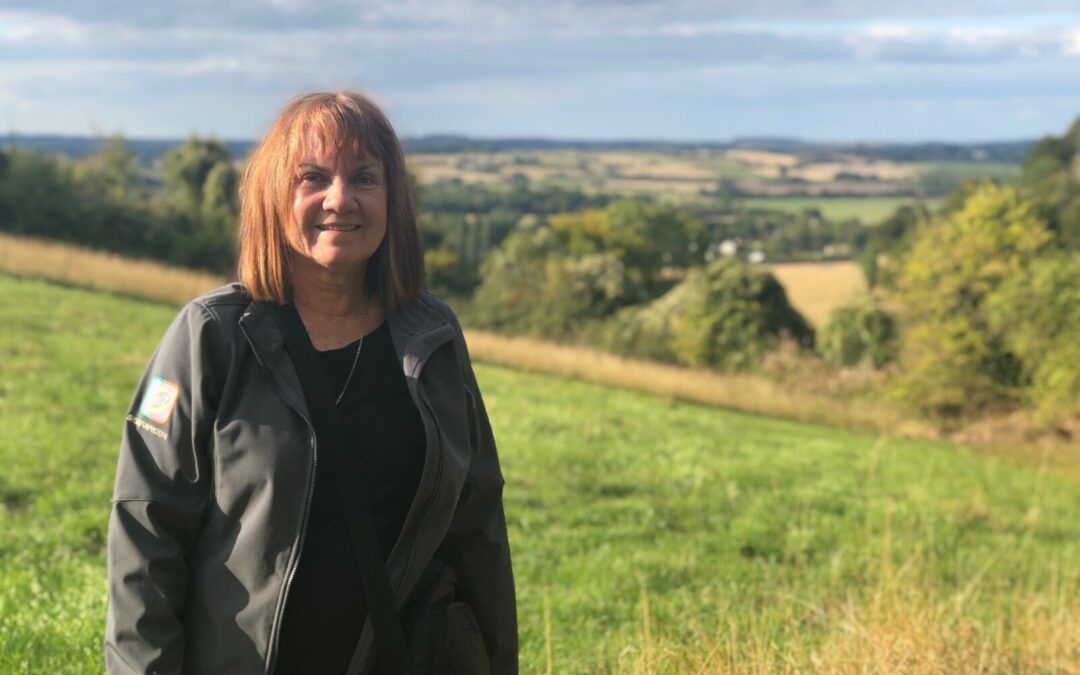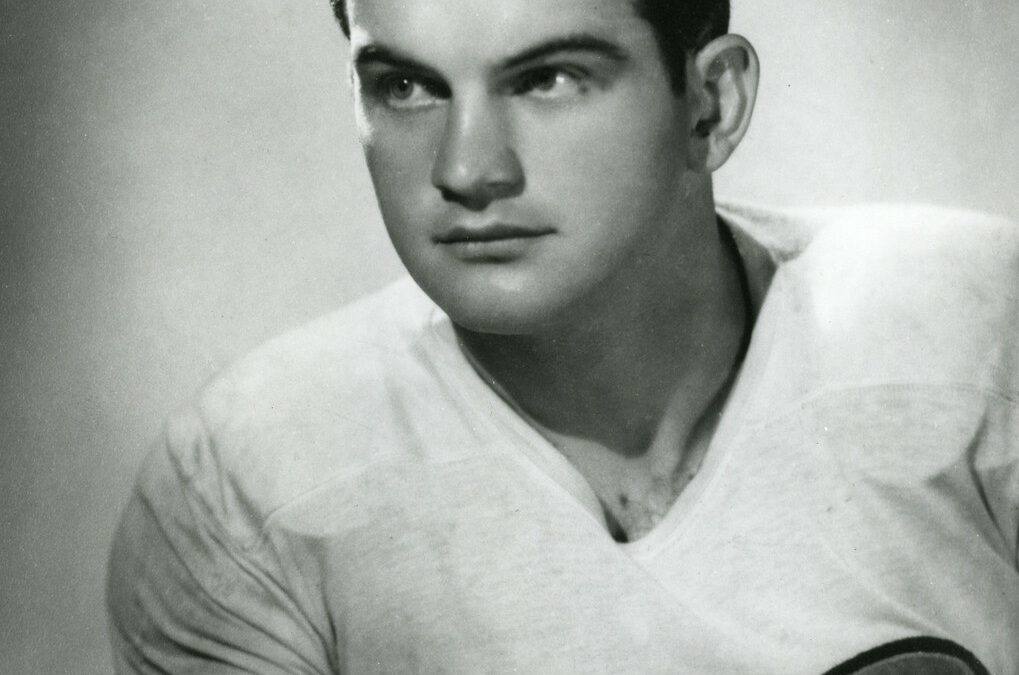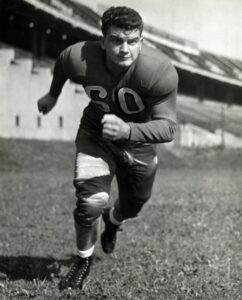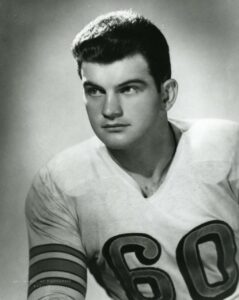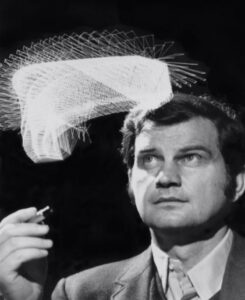Steven Parker, vice president of professional graphics at NVIDIA Corporation and former professor in the Department of Computer Science at the University of Utah, passed away peacefully at his home in Draper, Utah, on May 2nd, 2024.
Steven Parker grew up in Oklahoma. He excelled in mathematics, but his interest in school declined when his teachers prevented him from working ahead of the standard curriculum. Yet his passion for mathematics persisted, and he taught himself about electronics and computers. Although he didn’t graduate from high school, Steven received an outstanding score on the ACT exam. He was admitted to the University of Oklahoma and completed a bachelor’s degree in electrical engineering, focusing on computer graphics.
When he discovered the University of Utah’s pioneering work in computer graphics, Steven decided to pursue his PhD there. The basis of his doctoral thesis was the SCIRun Software System, for which he was the principal architect. He was the first graduate student at the University of Utah to receive a prestigious Department of Energy Computational Science Graduate Fellowship for his design of visualization algorithms used by the Center for the Simulation of Accidental Fires and Explosions.
After earning his PhD, Steven joined the faculty at the University of Utah, where he created the Center for Interactive Ray-Tracing and Photo Realistic Visualization. His work advanced fundamental computer graphics techniques, including ray tracing, resulting in more accurate visualizations. He and his colleagues used the university’s computational capacity to develop the first interactive ray tracing system. Previously, ray tracing could only be performed using offline rendering. For the first time, the groundbreaking system from Steven’s team enabled a user to dynamically explore scenes rendered with the photorealistic lighting effects characteristic of ray tracing.
While at the University of Utah, he co-founded RayScale, which was acquired by NVIDIA in 2008. NVIDIA subsequently established an office in Utah, with Parker as director. “Steve came to NVIDIA to change the world of computer graphics: He wanted to make real-time ray tracing a reality, mainstream, a pillar of computer graphics. He accomplished exactly that, and so much more. He led the company and the industry into a new era,” said Dr. David Luebke, vice president of graphics research at NVIDIA.
As an expert in high-performance parallel computing, scientific computing, artificial intelligence, and computer graphics, Steven was recognized by the technical community as one of the world’s preeminent computer research scientists. He developed RTX, NVIDIA’s real-time ray tracing technology, now used in games and movies, and made meaningful contributions to the fields of physics, chemistry, and medical science.
Steven was recognized for his work with the Honors Medal from Computer World, an honorary engineering doctorate from the University of Utah and as one of HPCWire’s People to Watch.
In addition to being a world-renowned researcher, Steven mentored the next generation of engineers and computer scientists. At a celebration of the 50th anniversary of the University of Utah’s Computer Science department, Parker offered five pieces of advice for students: keep pushing the university to be a special place; chase both depth and breadth; embrace parallelism at multiple scales; build something ambitious—bigger than yourself; and recognize you stand on the shoulders of giants.
Steven was active in his local and technical communities, serving on the board of directors for the Clark Planetarium, as a member of the Engineering National Advisory Council, on program committees for significant computer conferences and on advisory boards for the College of Engineering at the University of Utah.
He co-led the campaign committee for the John and Marcia Price Computing and Engineering building at the University of Utah and, in 2024, was awarded a Lifetime Service Award from the Price College of Engineering at the University of Utah.
Richard B. Brown, H. E. Thomas Presidential Endowed Dean of Price Engineering, described Parker as “one of the most talented computer science researchers in the world. His dedication to pushing the boundaries of technology resonates with the university’s vision of making a positive impact on society through education and research and aligns with the university’s ethos of innovation.”
Steven was devoted to his family and prioritized spending time and sharing his passions with his wife, children and grandchildren. He enjoyed cooking and found joy in experimenting with new recipes and sharing the gift of food with those he loved. Steven’s kitchen was a place where memories were made, and traditions were honored.
Steven is survived by his wife, MeriAnn Parker; his children, Morgan (Nathan) Mabey, Alyssa (Brian) Vance, Amber Parker, and Elena Parker; his grandchildren James Ashdown, Makayla Ashdown, Zoe Ashdown, Maximus Vance, and Amelia Vance; his parents, Jeanene Hale and Gregory Parker; his siblings, Michael (Katie) Parker, Sheryl Tatum (Bret) Bradley, Jennifer Horn, Tamara Parker, Marilyn (Alen) Howard, William (Christine) Parker, and Christopher (Christy) Parker; his parents-in-law Ronaele and Larry Freestone; his sisters-in-law, Sheri (Justin) Swart, Keri (Kenneth) Martinez, and Lori (Neil) Sood; and many aunts, uncles, nieces, nephews, and cousins.

